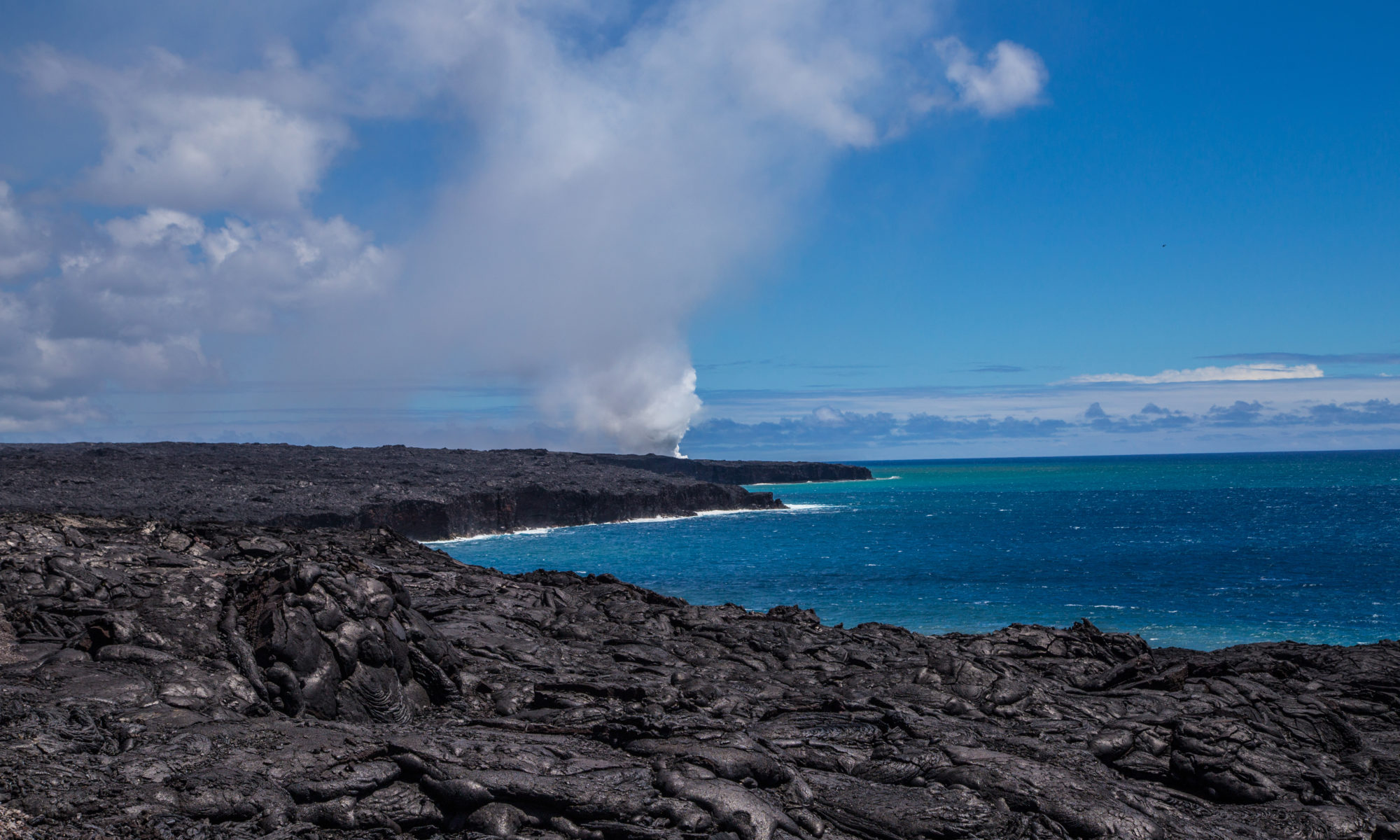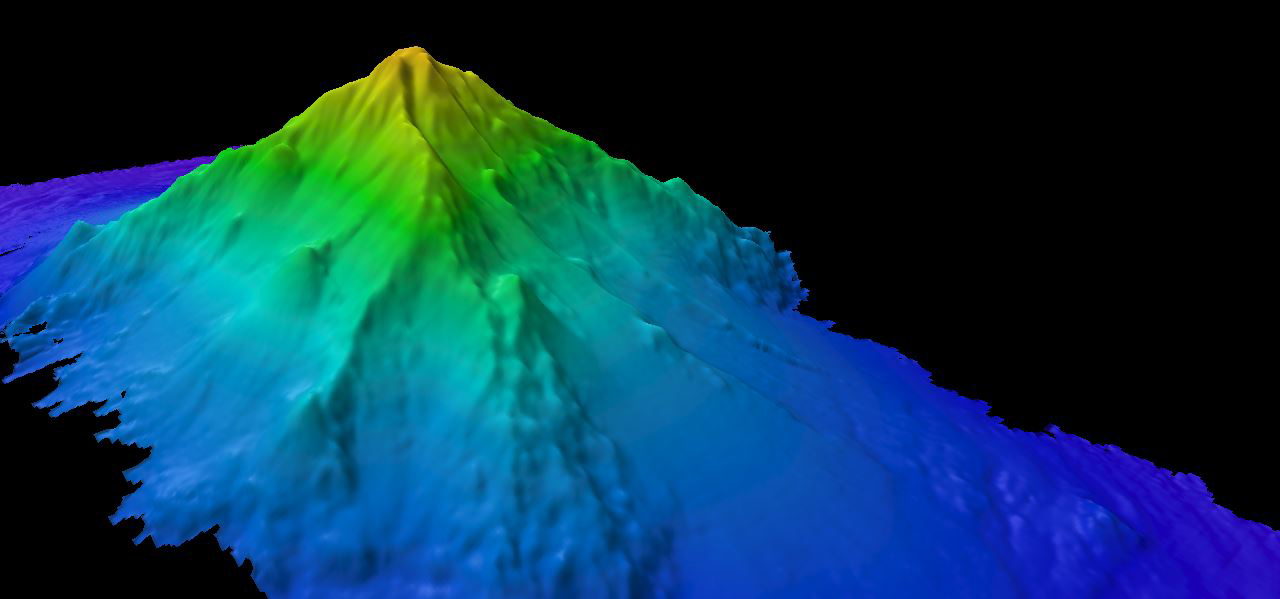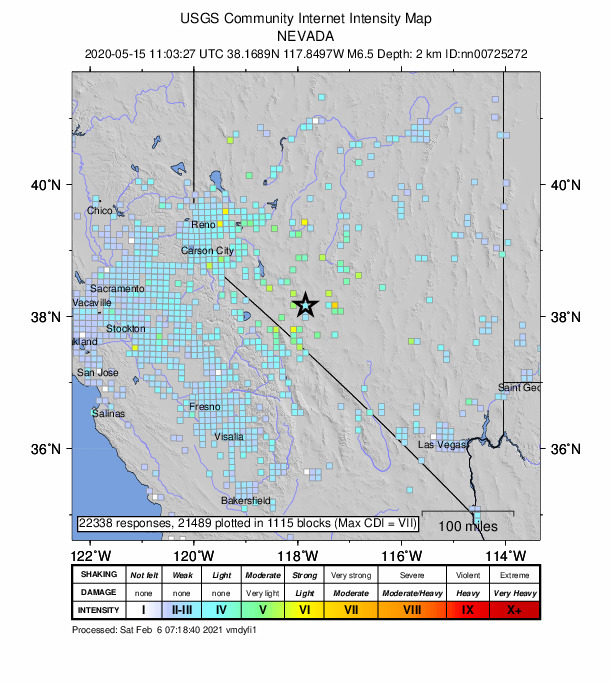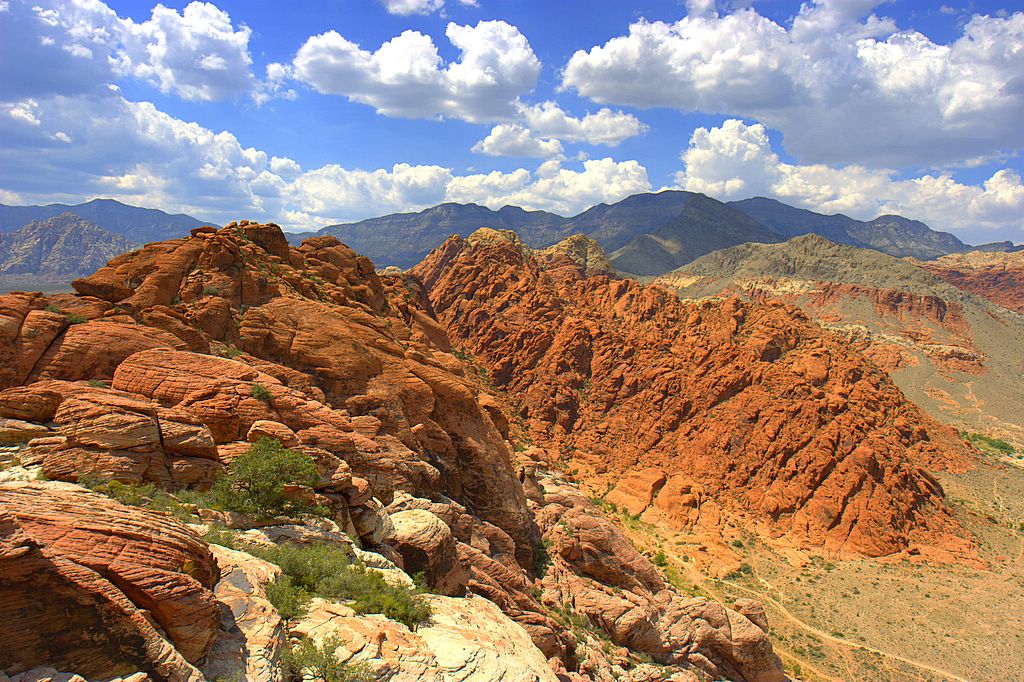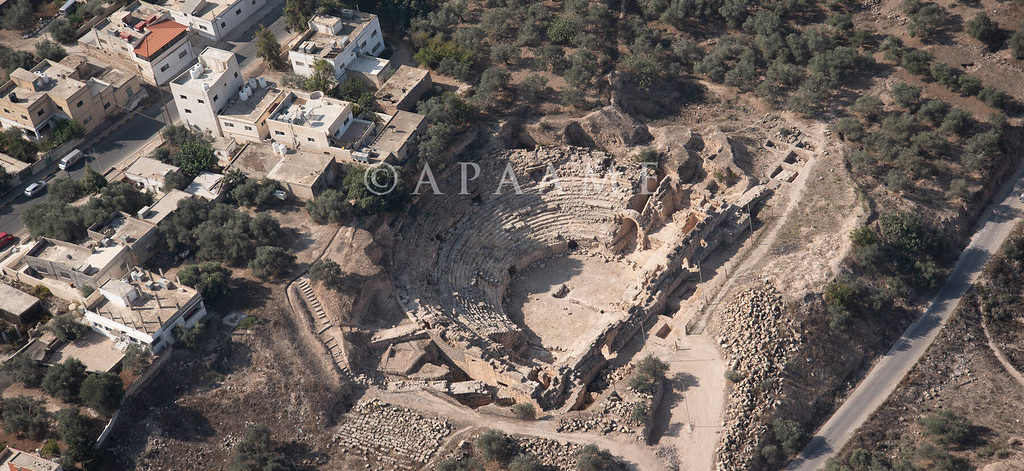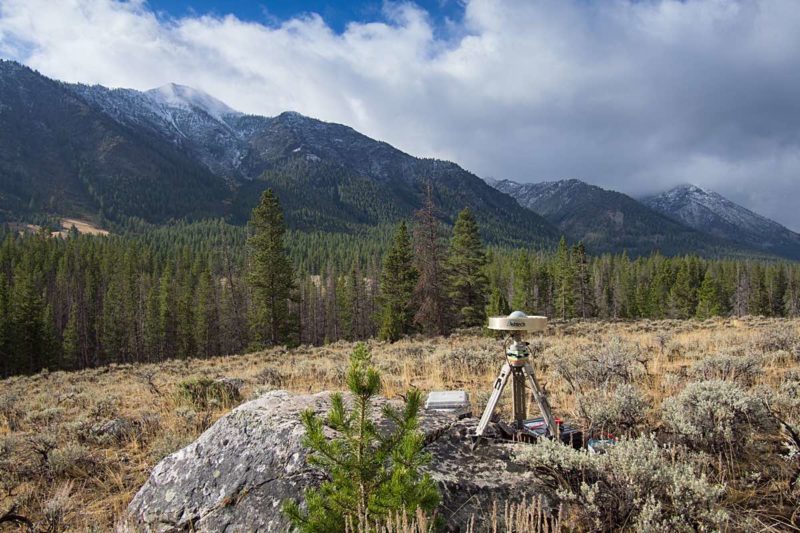Featured image: a field of basalt in Hawai’i Volcanoes National Park (National Park Service, public domain)
Paper: Potential CO2 removal from enhanced weathering by ecosystem respnses to powdered rock
Authors: Daniel S. Goll et al.
In the 2015 Paris Agreement, nations pledged to work toward a common goal of limiting global warming to less than 2°C compared to pre-industrial times. The Agreement doesn’t specify how the signatories should do this, though: levy a carbon tax? Shut down coal-fired power plants? Use a stainless steel straw? According to the best available climate science, we will need to be doing all of the above and then some. In fact, meeting the target of the Paris Agreement will require negative emissions, removing greenhouse gases from the atmosphere via some form of Negative Emissions Technology (NET).
Continue reading “Carbon to carbonates: capturing CO2 with rocks”
